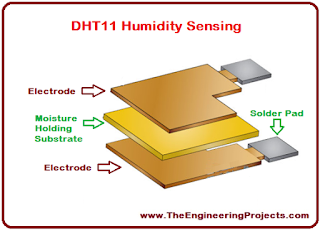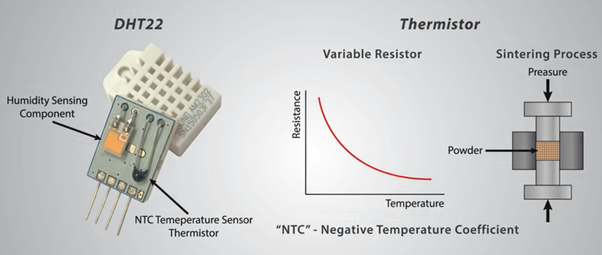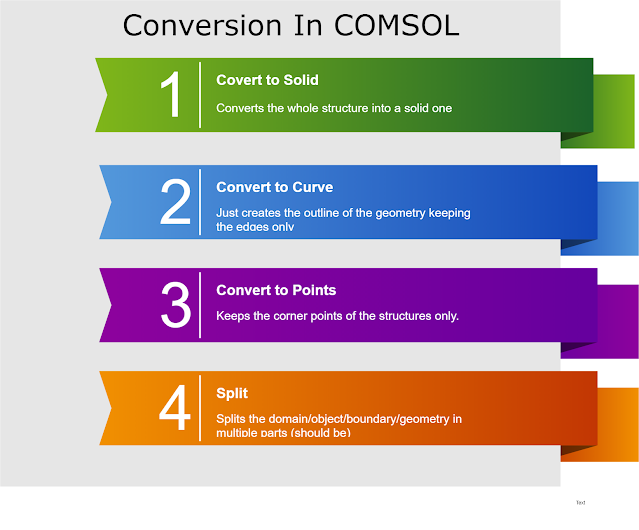Hats off to the
single-board microcontrollers that created a wind of inspiration among the
youngsters in Bangladesh. It was not so long ago when the tech-enthusiasts had
to wander a lot to enhance their skills regarding robotics and related stuff.
Arduino, the most basic & simple MCU gave them a chance to create, innovate
& critical thinking!
Students ranging from school to university have wide usage in Arduino in daily projects, assignments, or contests. There's no room for thinking that, these MCUs are limited to "Fun Projects" only. Security systems, installations, safety devices, and many more applications, for example, CNC machine, 3D printer, Writing machines, Drones, Quadcopters have Arduino based construction. Projects related to the social or environmental crisis (i.e. Automatic hand washing machine during COVID-19, Gas emission measurement devices, etc.) add much more importance to it.
The inventors of these MCUs could be mean by confining their efforts to Arduino only but they didn't choose to and as a result, we were gifted with Raspberry Pi, the giant of robotics & system coding! What's not possible to do with Raspberry Pi! Where Arduino puts a limitation for the great thinkers to implement their imagination practically, Raspberry Pi offers the window to imagine beyond the boundary. A silly example may be given in this context, to create an interactive display system Arduino demands complex blocks of coding and a heavy list of components where Raspberry Pi has an inbuilt display port and necessary settings!
Arduino, Raspberry Pi are merely two examples of single-board microcontrollers. The tech world is giving more and more advanced versions. Many manufacturers have different products like NodeMCU, Orage Pi, and many more. But the question stands here, "How much of it we're getting?"
In Bangladesh, we have a mere chance or access to these tech-giants. In many engineering universities, students are offered some courses that give the introduction and the rest are upon personal interest of students. This rarely helps to build a strong network of innovators to serve the country or to pass the inspiration to the youngers. It goes without saying that, these embedded systems require comprehensive knowledge of coding & designing sense. But there's always a starting point and unfortunately, we have delayed the point too far.
Students, from their early ages, should be given space to go for these things. We lack the opportunities to learn from the experts! Yes, there are some entrepreneurs or organizations that try to convey the goal and motivation but they are not too many.
The chain of motivation could be hard to realize if it was a couple of years ago but in today's era, every student has access to the internet with their own smart devices. Ironically this accessibility is used for scrolling Facebook pages or for online gaming.
≢ Why don't we inspire our nearby students to build their own game rather than getting stuck to meaningless games? Have you ever said to your child that it is possible to build a game using Arduino?
≢ Have you ever thought of building a website using Python/Django?
≢ Have you ever thought of making an android app?
≢ Or have you ever said to your younger brother that he can build his own operating system or pocket laptop using Raspberry Pi?
If not, then how can we expect to grow our own
community of skilled people or to develop an embedded system in our country? Think
about it!

























